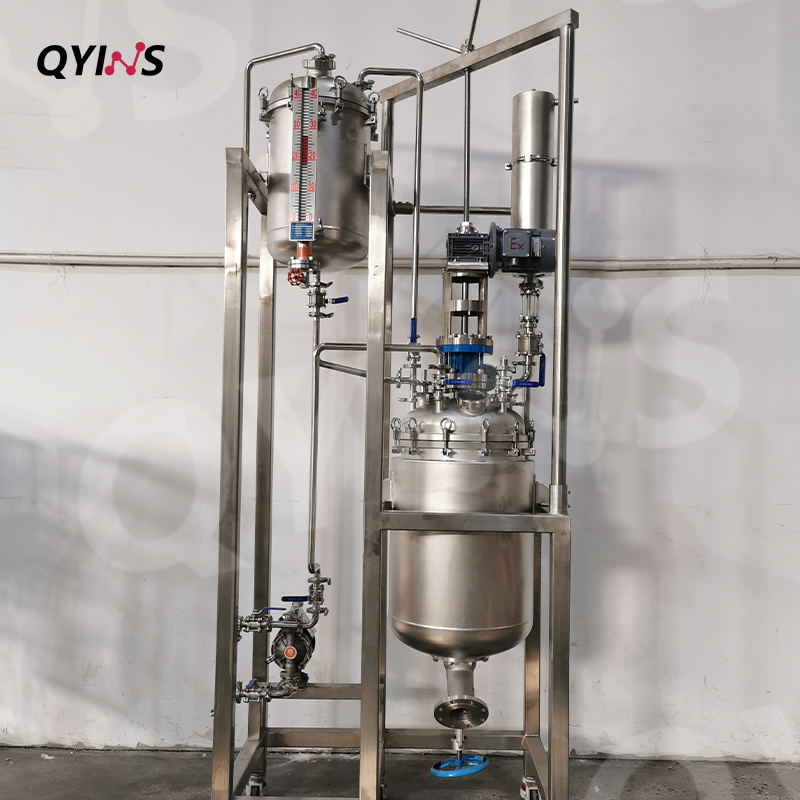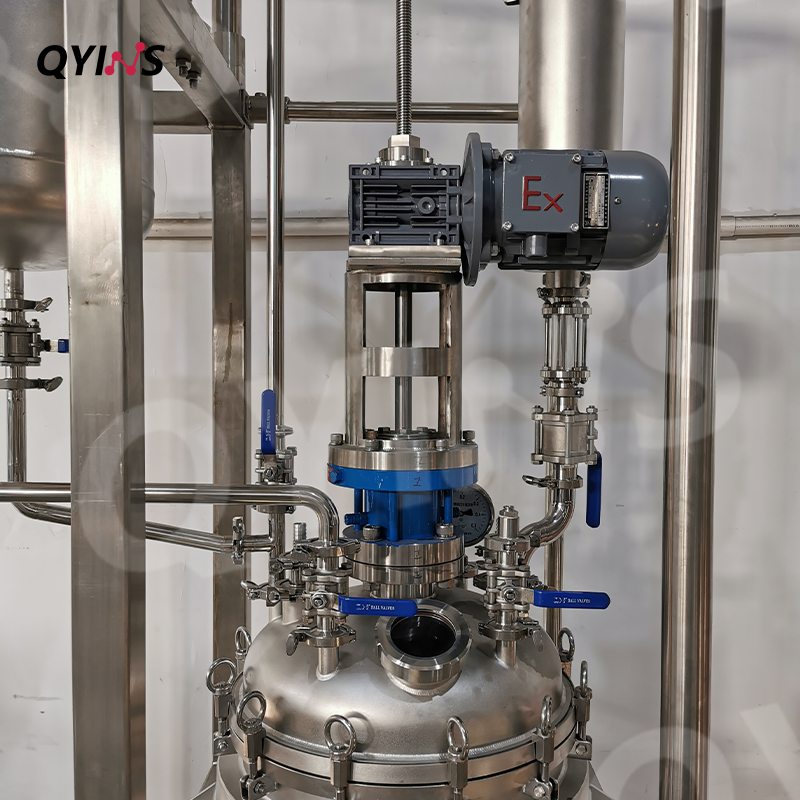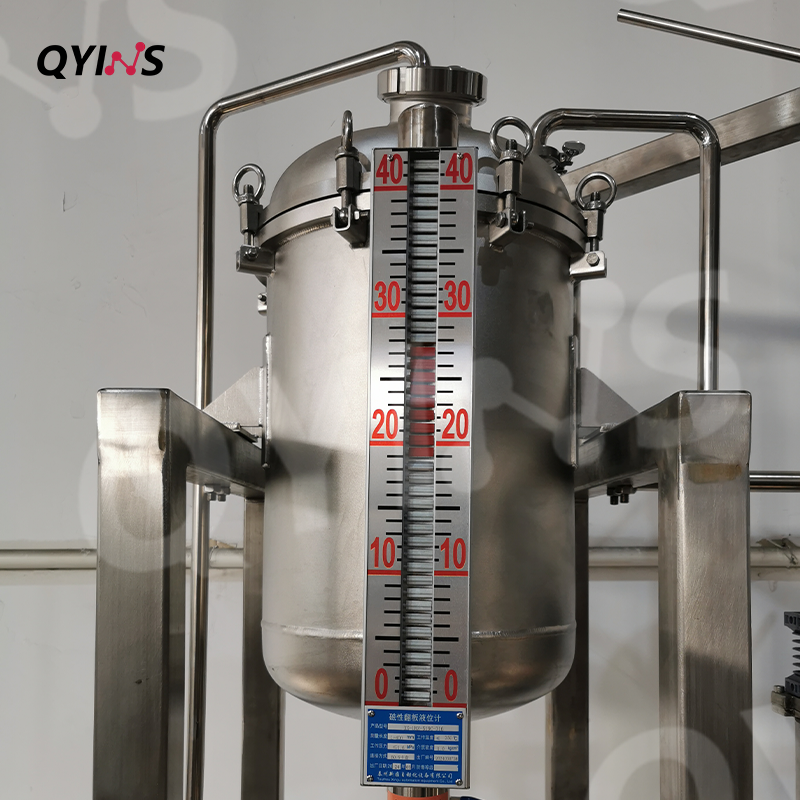





High level stainless steel reactor 50L
0
Cumulative evaluation
main features advantage
- Capacity 100L
- Operating temperature -90~250 ℃;Material of kettle body 316L
- Vacuum degree -0.098MPa;Frame material: stainless steel
Stainless steel reaction vessels are mainly made of stainless steel materials such as 304 and 316L. These materials have good corrosion resistance, high temperature resistance, and wear resistance, which can meet the process requirements in different working environments. Among them, 316L stainless steel has superior corrosion resistance compared to 304 stainless steel, especially in harsh environments such as strong acids and alkalis.


